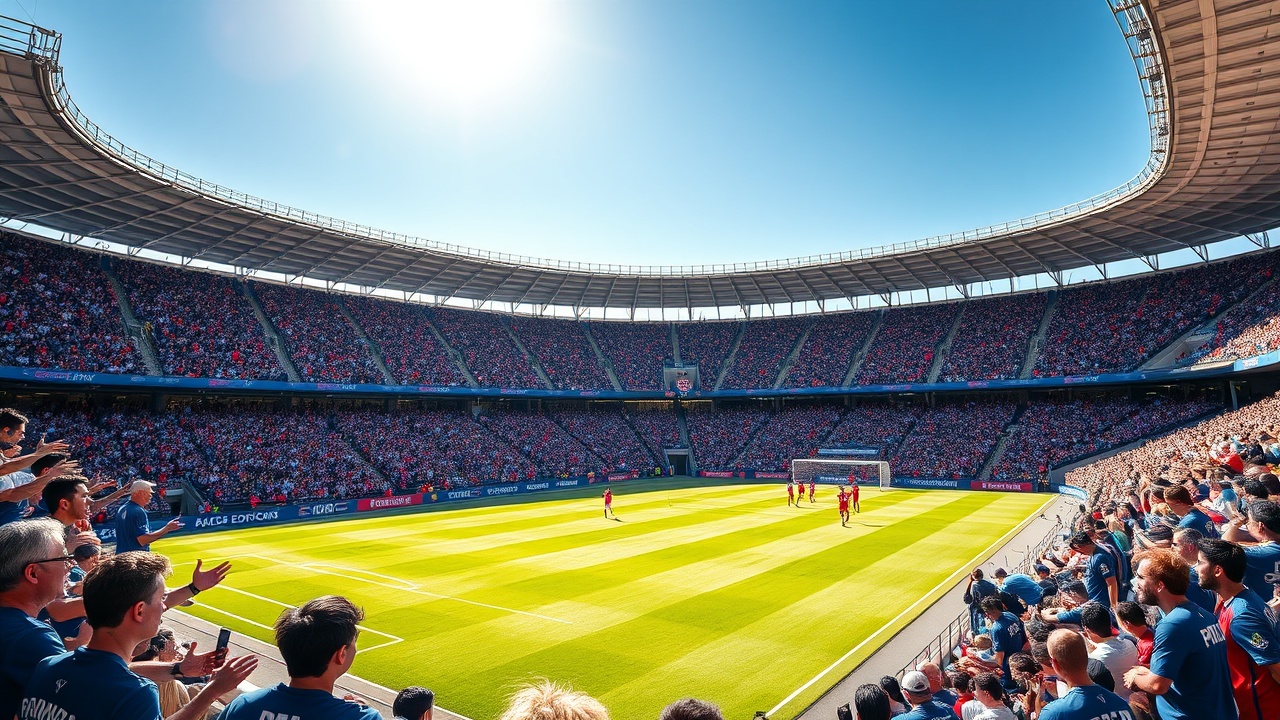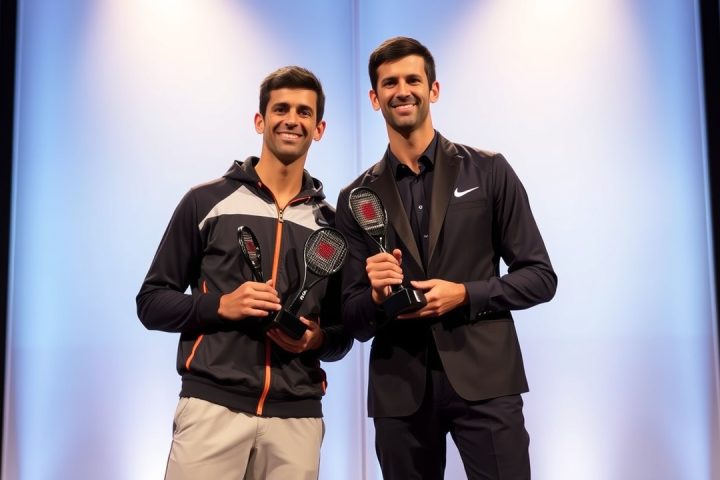Historic Victory for Paris Saint-Germain
In a landmark moment for Paris Saint-Germain, Desire Doue’s goal just after the hour mark secured a triumphant victory in the Champions League final against Inter Milan last month, making PSG European champions for the first time in the club’s history. The 19-year-old sensation, known as Doue, epitomizes the club’s transformative journey since its acquisition by Qatar Sports Investments (QSI) in June 2011.
Transformative Changes Post-QSI Acquisition
The shift came after a long 15-year quest for European glory. Before QSI’s takeover, PSG’s transfer spending was minimal, with just €9 million spent in the season leading up to the acquisition. A year later, this figure skyrocketed to €107 million, while the rest of Ligue 1 clubs collectively injected a mere €140 million into their squads. Huge financial investments followed as QSI propelled PSG into a period of astronomical spending, resulting in consistent Ligue 1 victories.
However, despite their domestic successes, European trophies eluded them, particularly during the era of star-studded signings such as Kylian Mbappe, Lionel Messi, and Neymar, who now reflect the club’s initial extravagant strategies.
A Shift in Strategy
Much to the irony of this recent triumph in Munich’s Allianz Arena, the last of these star figures, Mbappe, departed last summer, marking a notable pivot in PSG’s strategy. This shift saw the club prioritize fiscal restraint and youthful acquisitions, positioning players like Doue and central midfielder Joao Neves at the forefront of their new approach. The narrative began to take shape that PSG had secured European success not just through spending but by adopting smarter investment practices in emerging talent.
Financial Strategy and Spending Evolution
This young core is part of a broader strategy that contrasts sharply with the expensive past. Between them, Mbappe and Neymar totaled a staggering €401.9 million in transfer fees, while Messi, who joined on a free transfer, still imposed hefty wage demands that only PSG could meet. As such, it’s not entirely surprising that the departure of these marquee players coincided with decreased spending; but the reality is more complex: PSG isn’t necessarily cutting back.
Recent transfer activities reveal that the club continues to pour money into new signings, having spent €694 million in the last two seasons alone, making them the second-highest spenders globally behind Chelsea. Such figures underscore that, while their strategy may have evolved, the financial might remains undiminished. In fact, since QSI’s takeover in 2011, PSG’s expenditure on player acquisitions has reached an astonishing €2.282 billion, dwarfing the €1.187 billion spent by Monaco, the next highest in Ligue 1.
Focus on Youth Development
The changing landscape of PSG’s transfer priorities can be encapsulated through their focus on younger players. Historically, from 2011 to 2021, just 12% of PSG’s transfer budget went towards signings of under-21 players (not including Mbappe). However, in recent seasons, a more significant proportion of their budget is now directed towards youthful prospects, showing a clear shift in strategy.
Players like Nuno Mendes, Joao Neves, and Doue were signed with hefty fees but symbolize a long-term investment approach aimed at fostering talent more strategically.
Commitment to Youth Academy
Additionally, PSG’s commitment to its youth academy has not gone unnoticed, with a remarkable €350 million invested in a new training complex dubbed Campus PSG. This foundation is vital for building future talent capable of bolstering the first team competently.
Expanding Recruitment Strategies
Interestingly, PSG’s recruitment strategy has seen a rise in signings from domestic rivals, an area where they previously showed little interest. Although this summer they made just a handful of domestic purchases, the trend showcases their changing dynamics as they seek to strengthen the team locally, especially given their dominance in the domestic league.
Conclusion
Despite the perceived changes in spending, PSG maintains a commanding position in the market; their significant wage bill eclipses all other clubs in France by an enormous margin. Collectively, it’s estimated PSG has contributed 30% of Ligue 1’s total wage expenditure over 13 years, with the gap between their spending and that of other clubs expanding dramatically since QSI’s takeover.
However, PSG’s financial strategies extend beyond simple player acquisitions and wages. Their lucrative appeal has allowed them to attract and keep top talents even as they pivot towards younger players. Winning the Champions League will undoubtedly rally supporters, yet even in the absence of mega stars, the financial prowess persists. PSG remains a significant force in football, reinforcing their status as a premier player in the world’s lucrative footballing landscape.
In the wake of their recent championship win, PSG has showcased not only their prowess on the pitch but also a promising commitment to establishing a sustainable yet competitive approach in player transfers for the future.




